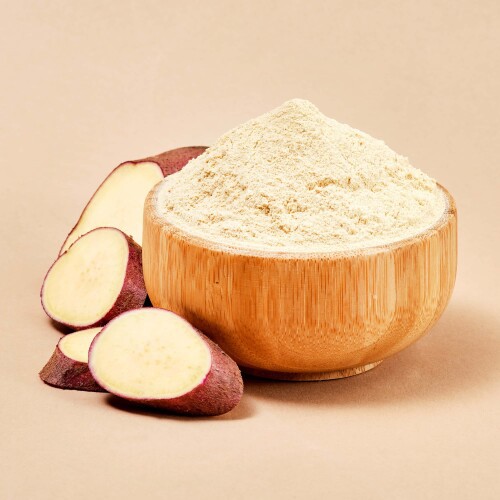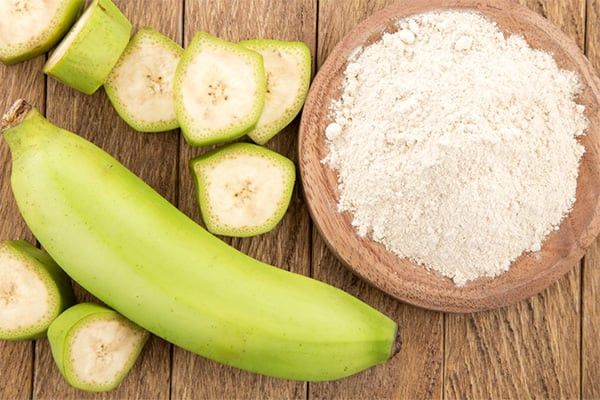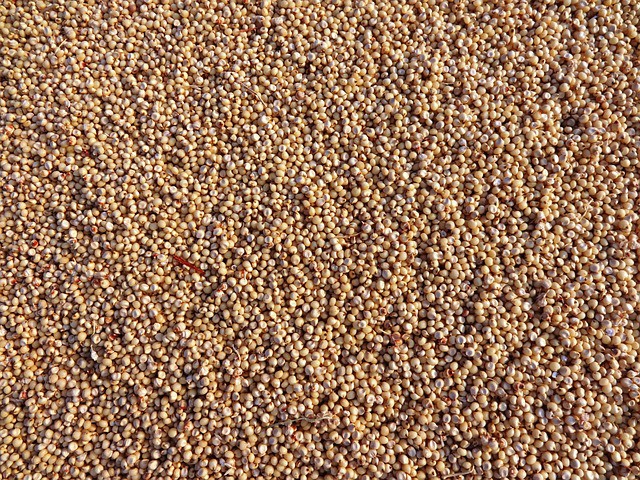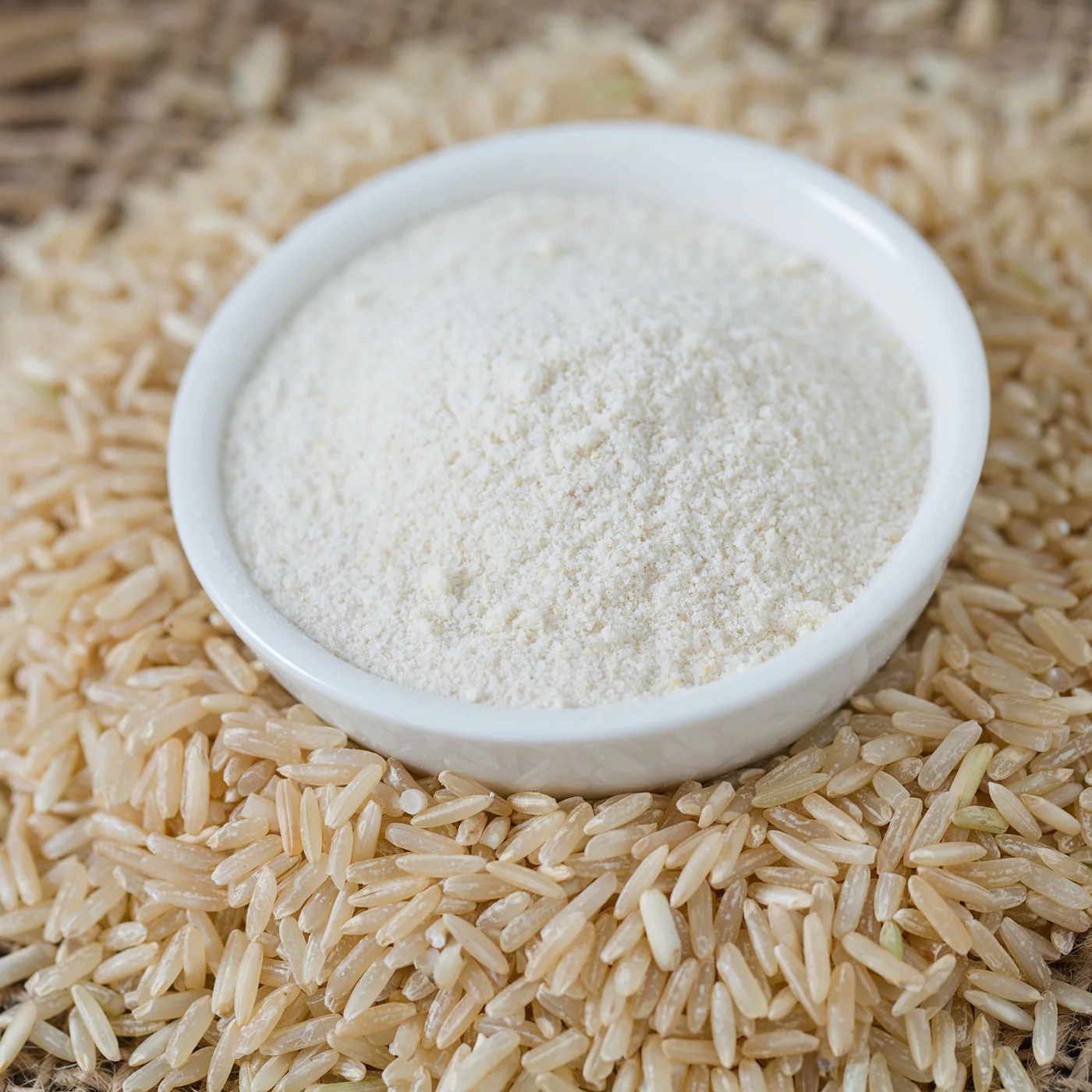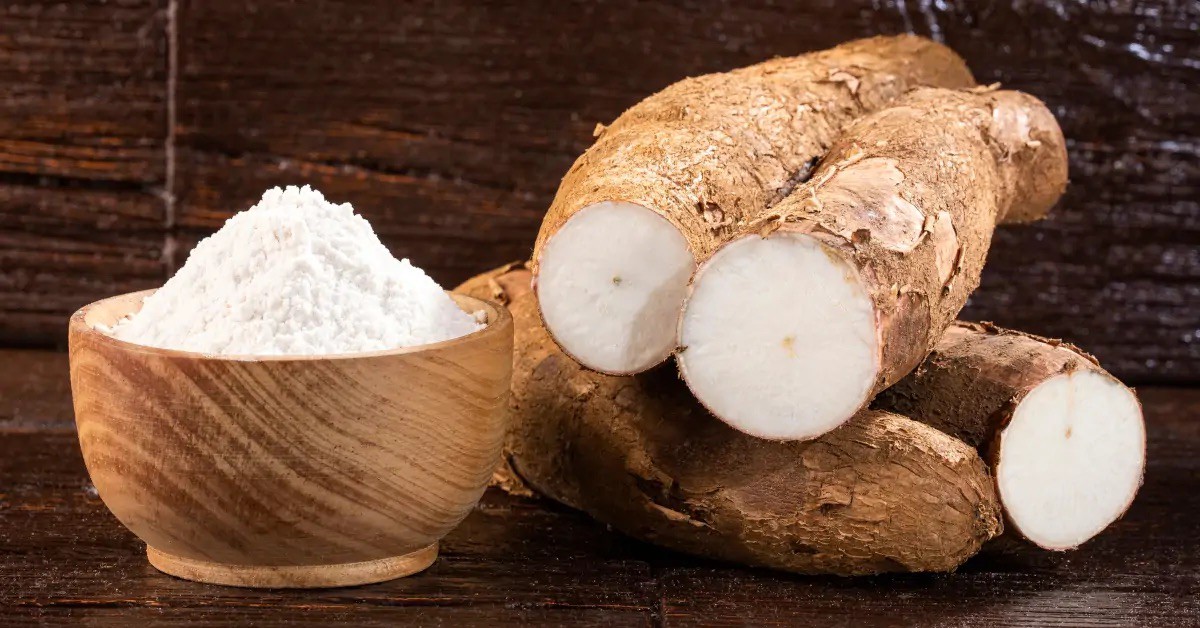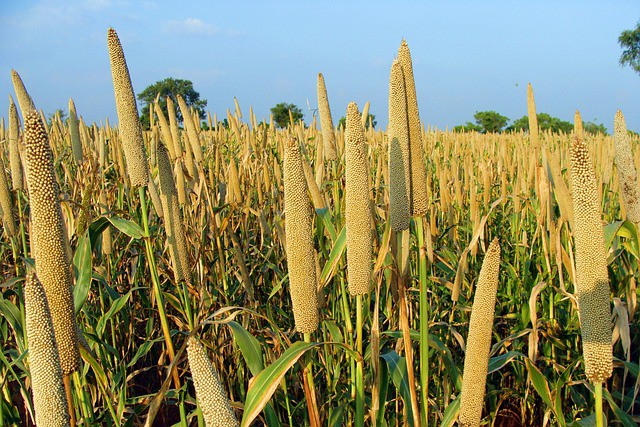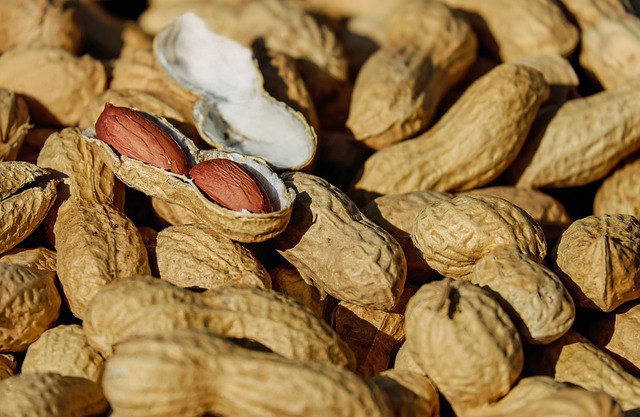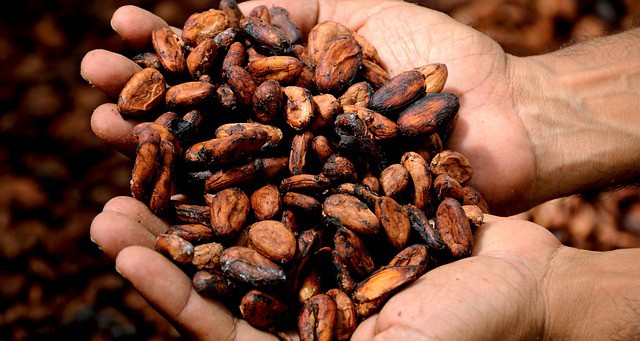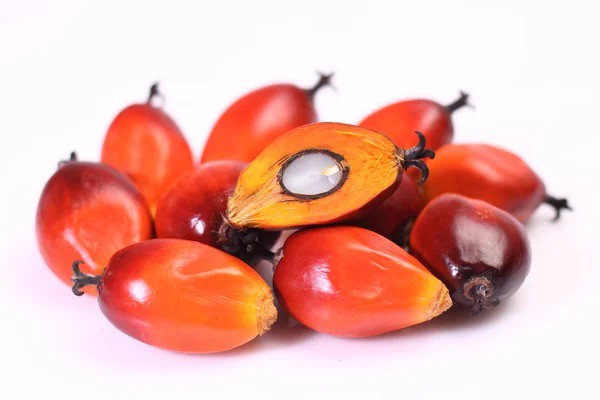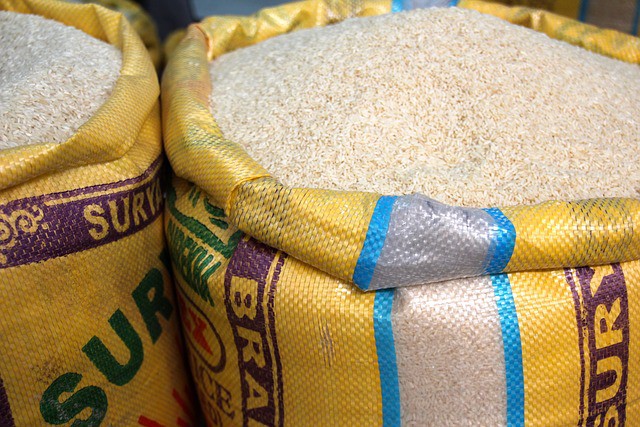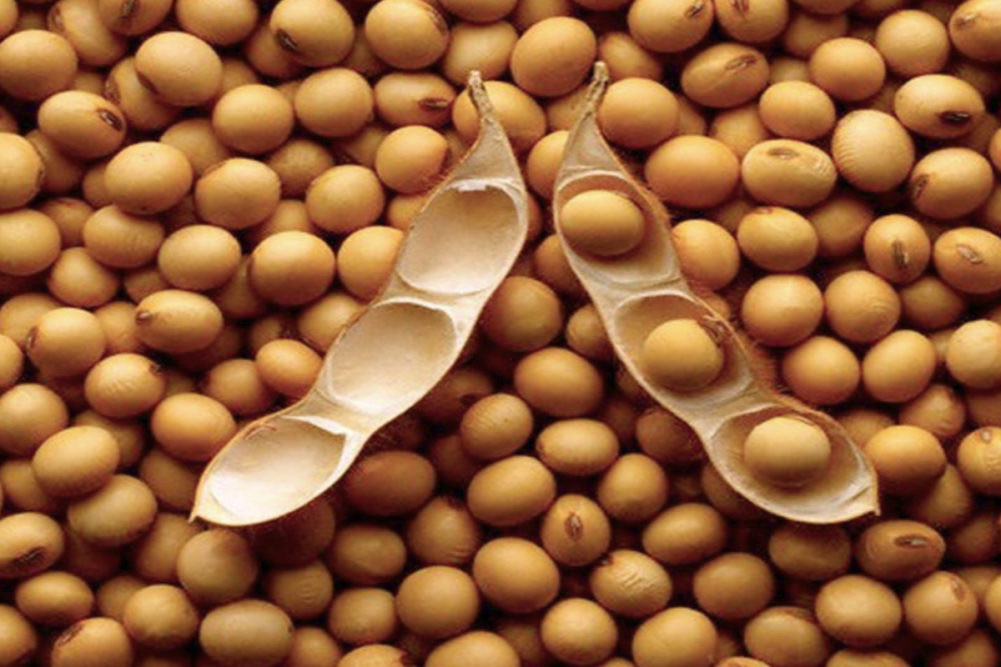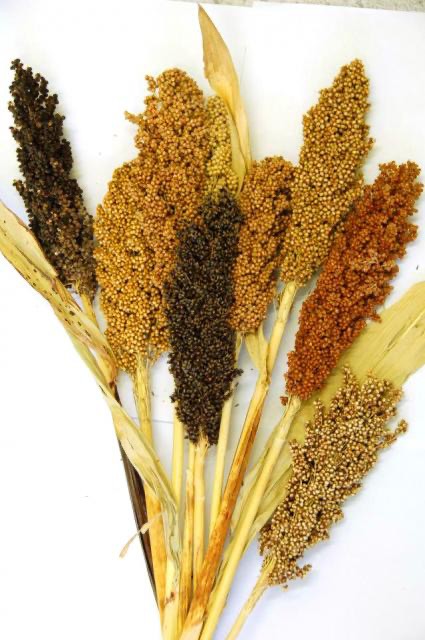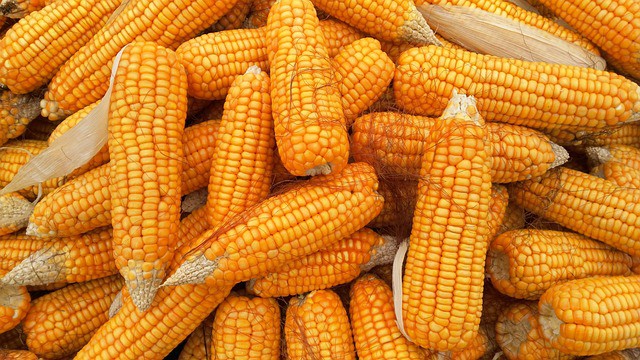

Maïs (non ogm)
Détails du besoin
Nom scientifique : Zay Mays
Le maïs est une plante herbacée de la famille des céréales. Il est largement cultivé devant le blé et le riz. Il est cultivé pour ses grains riches en amidon, et son utilisation pour l’alimentation humaine et animale.
Sur le plan nutritionnel le mais est un aliment riche en amidon, avec environ 386 calories/100g pour le mais dur jaune grain. Il est constitué d’environ 72% de glucides, 10% de protéines, 3 à 18% de lipides, et de fibres alimentaires. Son taux de glucides de plus de 70 g/100g en fait un aliment très énergétique. Avec des apports nutritionnels intéressants pour l’alimentation humaine et animale.
Le rendement du maïs dépend de la variété et des régions. En Afrique subsaharienne, elle est une culture vivrière artisanale et non irriguée qui produit environ 200 kg de matière sèche/hectare. Dans les pays les plus avancés, on arrive à 300 à 400 kg de matière sèche par hectare
Le maïs est utilisé pour l’alimentation animale, humaine, et dans l’industrie de l’amidonnerie et de la bioénergie. Sa consommation dans l’alimentation humaine se fait sous forme d’épi bouilli, de farine alimentaire pouvant être utilisée dans la cuisine familiale, par les entreprises de biscuiterie ou par les boulangeries. En outre, il existe de l’huile de maïs, riche acides poly gras insaturés et en vitamine E, qui est un puissant antioxydant qui neutralise les radicaux libres et réduit les risques de maladies cardiaques et certains cancers. Dans l’alimentation animale, le maïs sert d’aliment de base de fabrication de provende ou de fourrage.
Dans l’agroalimentaire, le maÏs a de multiples débouchés : il permet de fabriquer des aliments infantiles, de la bière dans le domaine de la brasserie, l’amidon (maïzena), des édulcorants, les flocons de maïs (corn-flakes), la distillation du maïs permet d’obtenir de l’alcool (whiskies, éthanol, etc.), les rafles fournissent sont utilisés dans la pharmacopée, et comme du compost. Dans le domaine chimique, le maïs sert en outre à fabriquer du biogaz et du biocarburant… Jusqu’à 1500 utilisations ont été recensées.

